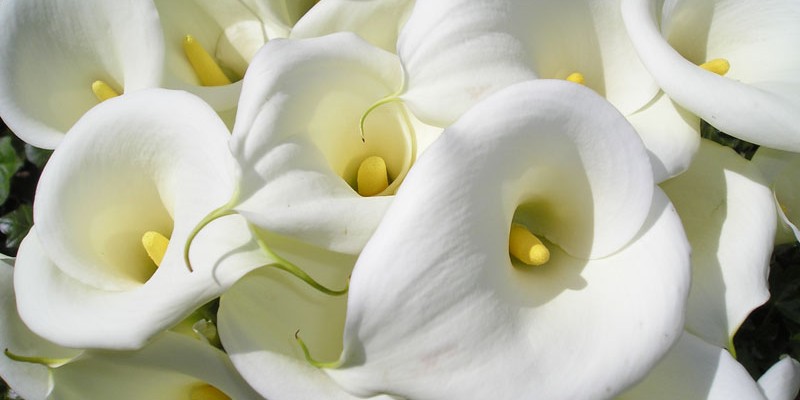It is not easy to experience a loss. Even if the deceased was not of direct relative of yours, but a friend, it is still a difficult time. There is usually uncertainty of what to say or do when someone you know experiences the passing of a loved one. You want to show them you care and are thinking of them, but at the same time, you want to give them space to breathe. It is always important to show support and encouragement during this time and flowers express your sympathy beautifully.
But what are the rules for sending funeral flowers? Is there a proper etiquette you should be aware of when it comes to what types of flowers to send and when to send them? And what about instances where the deceased is cremated?
If you’ve found yourself asking those questions, you’re in the right place.
The Personal Touch
To start off, when it comes to sending floral arrangements, always add a personal touch. When you send flowers, be sure to send a short note expressing sympathy and support. They don’t have to be long letters, just something as short and sweet as “Thinking of you during this hard time,” is enough. It depends on how well you know the deceased’s loved ones. It is always best to attend the funeral if you can. Many funerals are private matters for the family and close relatives, but there will often be memorials or viewings of the body for more people to pay their respect. It is always good to appear at these times, even if you already sent flowers. A personal touch provides warmth and encouragement to the family, enhancing the gift you send.
What Kind of Funeral Flowers Do I Send
When it comes to picking the type of flower arrangement to send, get an arrangement that matches the deceased’s personality. Feel free to be creative and let the flowers stand out by including the deceased’s favorite flower, favorite color or photos and ornaments. Tipton & Hurst can add ribbons with the deceased’s name or relation to you (such as “friend,” “mentor,” “uncle”, it makes a nice touch). You can plan it out together with your floral designer if you’re unsure how it should look. It shows you went the extra step for the family. But don’t feel obligated to personalize it if you did not know the deceased very well. Traditional arrangements include roses both red and white, sprays you can lay on the coffin and standing sprays that can be arranged around the coffin.
As for what kind of color of flower to send, like we mentioned before, it is creative to incorporate the deceased’s favorite color or something that matches his or her personality. However, if you didn’t know the deceased well enough, you might be hesitant about what kind of colors to send. Colors convey messages all on their own. White communicates tranquility, serenity and purity. They also evoke strong senses of humility, reverence and modesty, always a classical choice. Pink is more of a feminine color that signifies grace and gentility. Yellow is a strong symbol of friendship and caring, and communicates hope. It is all right to send red roses as well; red captures the essence of strength and courage (they’re not just for Valentine’s Day).
Where and When to Send the Flowers
It is acceptable to send flowers as soon as you learn of the death. Sometimes you learn the same day as the deceased passes, sometimes you don’t learn until after the funeral. Even if you do learn of the death after the funeral, it’s still perfectly fine to send flowers to the family’s home. There are no set rules for whether to send your flowers to the family’s house or the funeral home. Flowers in the home are good reminders to the family that others are thinking about them during their time of grieving. If you decide to send to a funeral home, check with the funeral home to see what kinds of vases they take. Some do not take glass vases, as they are likely to shatter when dropped. Most funeral homes recommend that flower shops have the flowers delivered two hours prior to the service. Please, keep this in mind for orders that are delivered to the funeral home.
Can I Still Send Flowers When I See “In Lieu Of”?
If the deceased’s family requests in the death notice a charitable donation or “In Lieu Of”, it is still acceptable to send flowers. It is also advisable to make a donation or follow whatever the “In Lieu Of” states, but do not feel guilty for sending flowers as well. They still express support and sympathy during this tough time. And it shows the family you went the extra step as well.
What About Cremations?
We definitely still encourage you to send flowers to funeral ceremonies where the deceased was cremated. You can send flowers to the family’s house or the venue where the ceremony will be held. Treat it like you would a traditional funeral.
Feel free to reach out to us if you have questions or concerns about what kind of flowers to send. We can help you decide which way is best for expressing your support and provide our experience in what to communicate.


